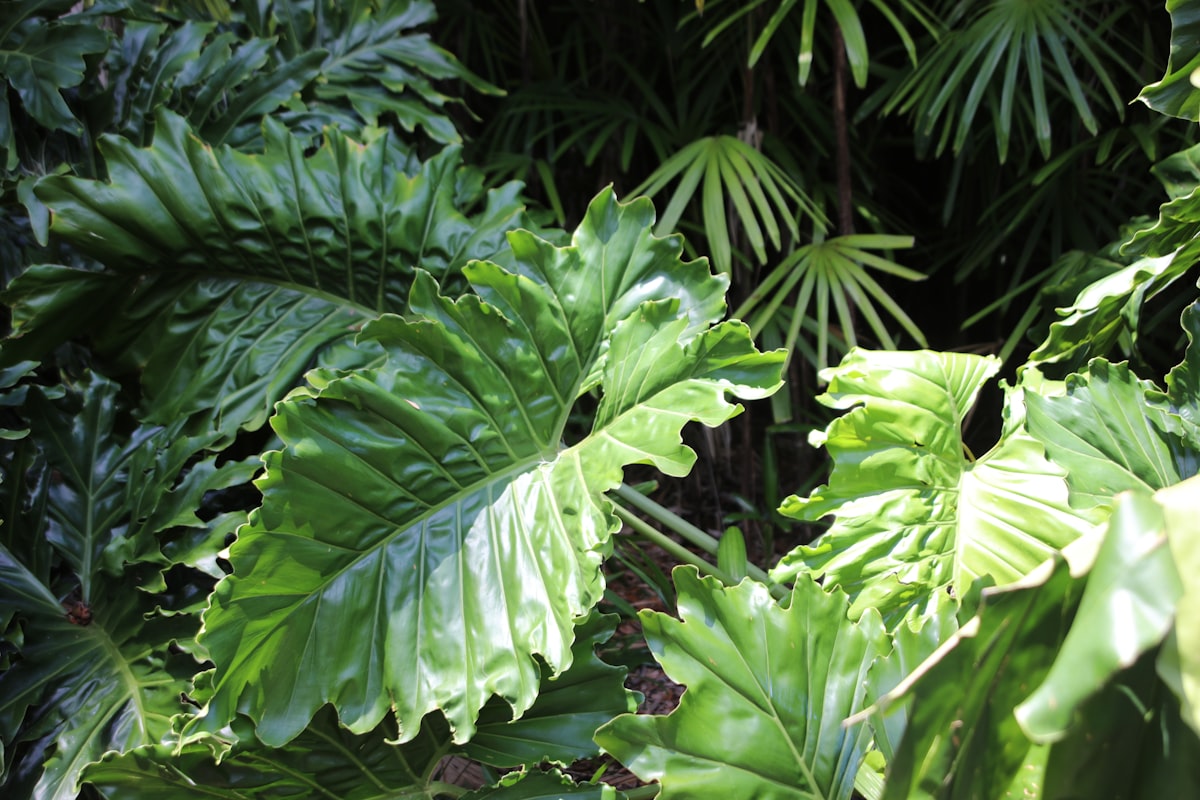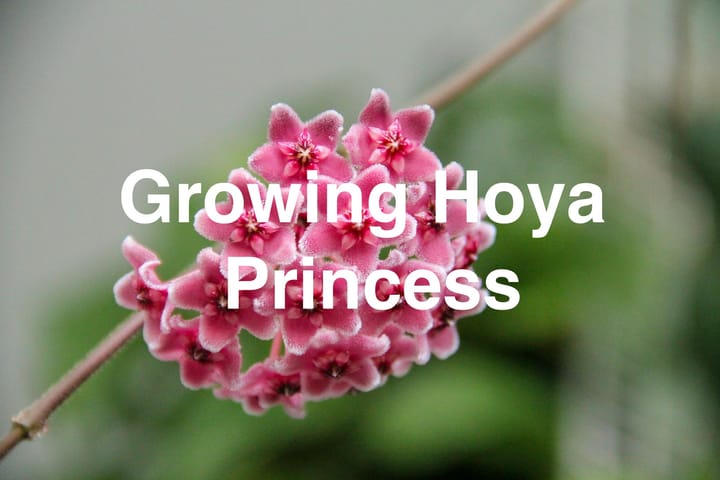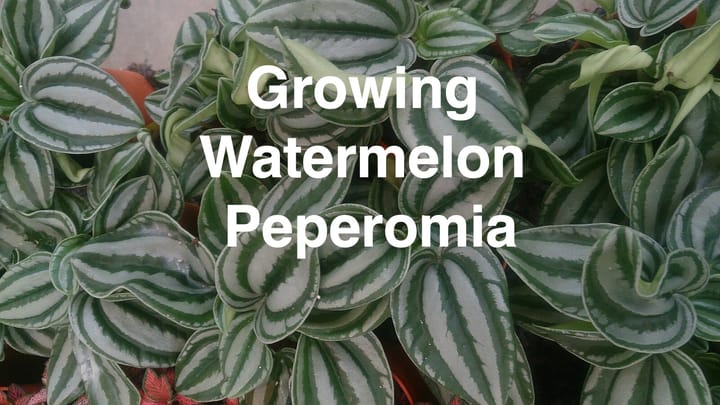How to Grow Elephant Ear Plant
Growing elephant ear plants can add a striking, tropical touch to your garden. These eye-catching plants are known for their large, bold leaves and unique vein patterns.

Table of Contents
To successfully grow elephant ear plants, following a few vital steps to ensure their proper care and nurturing is essential.
Choosing the ideal location for your elephant ear plant is crucial, as they thrive in medium to wet soil under partial shade or filtered sun. Avoid planting them in full sun or dry soil, as they may struggle to grow.
A spot protected from strong winds is also needed since heavy gusts can damage the large leaves. Your elephant ear plants will flourish beautifully by providing the right environment and conditions.
About Elephant Ear Plant
Elephant ear plants belonging to the Colocasia and Alocasia genera are tropical perennials native to Asia.
They are characterized by their large, heart-shaped leaves with bold vein patterns, making them an eye-catching addition to any garden or indoor space.
These plants are known as Taro, with certain species like Colocasia esculenta cultivated for their edible root vegetables in tropical Africa and Asia.
Elephant ear plants thrive in warm temperatures, generally needing nighttime temperatures to be above 50°F (10°C) and daytime temperatures around 70°F (21°C).
They prefer filtered sun and are accustomed to wet areas, often growing near water bodies.
When planting elephant ear bulbs, it is best to do it in the spring to avoid frost damage.

The foliage of these plants is toxic, so they must be handled with care while planting and tending to them.
Regularly fertilize and maintain adequate moisture levels for your elephant ear plants to promote healthy growth.
Keep in mind that various species and cultivars are available, each offering unique visual appeal and cultural requirements.
Planting Elephant Ear
In the spring, when nighttime temperatures are consistently above 50°F (10°C), you can plant your elephant ear bulbs to ensure they aren't damaged by frost.
Prepare the soil by adding aged manure or compost, choosing a spot with medium to wet soil in part shade or filtered sun, as elephant ear plants tend to struggle in full sun and dry soil.
Plant the bulbs about 2 to 3 inches (5-8 cm) deep with the blunt end down.
If you're growing elephant ear plants in containers, use rich organic potting soil, planting them at the same depth as you would in the ground.
Make sure to pick a location protected from strong winds, as their large leaves can be damaged by heavy gusts, and harden them off for about a week before placing them outdoors.
Caring for Elephant Ear Plant
Sun and Temperature
Elephant Ear plants thrive in partial to full sun and can adapt to part shade. Ensure that your plant receives adequate light exposure and maintains temperatures between 65-80°F.
Water and Humidity
These plants love water and humidity. Keep the soil moist but not overly wet, and occasionally mist the plant to maintain high humidity levels.
Soil and Fertilizer
Use a well-draining, nutrient-rich soil for your Elephant Ear plant. Feed it with a fertilizer high in nitrogen to promote healthy growth.
Repotting
Elephant Ear plants may need repotting when they outgrow their existing pots. Transplant it into a larger container with fresh, well-draining soil.
Pruning and Propagation
Prune any browning leaves to promote new growth. To propagate, divide the tubers during repotting and plant them in separate containers or garden beds.
Troubleshooting Plant Problems
Growing Problems
If your elephant ear plant's leaves are yellowing or the stem is rotting, it may be due to overwatering or root rot.
To address this issue, ensure proper soil drainage to avoid overly wet conditions.
Conversely, wilting or curling leaves can indicate underwatering, so provide enough water for the plant to thrive.
Slow growth rates can be caused by insufficient sunlight or lack of nutrients. Place your plant in an area with ample light and apply appropriate fertilizers to improve its growth rate.
Also, stunted leaves may signify a lack of macro-nutrients, whereas pale leaves could indicate a deficiency in micronutrients.
Pests and Diseases
Elephant ear plants may suffer from irregular spots on their leaves caused by diseases or pests.
Sun scorch can result in brown leaves or curling, so ensure your plant is not exposed to direct sunlight for extended periods.
Spider mites can lead to deformed and speckled leaves, which can be addressed using a suitable pesticide.
Be vigilant to detect any black rot in your plant's roots or soft spots on steam. These symptoms could indicate an issue with overwatering.
Adjust your watering schedule to provide the right amount of hydration for your elephant ear plant and prevent further problems.
Conclusion
Caring for your elephant ear plant can be straightforward as long as you provide the right conditions.
Remember that these plants thrive in medium to wet soil and partial shade, protected from strong winds.
In addition, incorporating aged manure or compost when planting will boost their growth.
Your garden will appreciate the attention you give your elephant ear, and in return, this tropical plant will add a captivating aesthetic element to your space.
By offering proper care and a suitable environment, you ensure your elephant ear's healthy growth, bringing beauty and interest to your garden.
Frequently Asked Questions
How often should I water an Elephant Ear plant?
Water your Elephant Ear plant regularly, keeping the soil consistently moist but not soggy. Allow the soil to dry out slightly between watering.
How do I propagate Elephant Ear plants?
You can divide the plant's tubers or rhizomes during the growing season to propagate Elephant Ear plants. Replant the divisions in a well-draining, moist soil mix.
What type of soil do Elephant Ear plants prefer?
Elephant Ear plants prefer well-draining soil that retains moisture. A mix of equal parts potting soil, peat moss, and perlite suits their needs.
How can I address common Elephant Ear plant problems?
Spray away spider mites with a strong stream of water and apply insecticidal soap. Address thrip infestations by removing affected leaves and using appropriate insecticides.
When and how should I fertilize my Elephant Ear plant?
Fertilize your Elephant Ear plant once a month during the growing season, using a balanced liquid fertilizer diluted to half strength. Apply the fertilizer around the base of the plant, avoiding direct contact with foliage.
Are Elephant Ear plants poisonous?
Yes, Elephant Ear plants are poisonous if ingested. They contain calcium oxalate crystals that irritate the skin, mouth, and throat. Keep them out of reach of children and pets.


